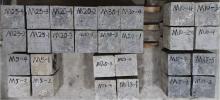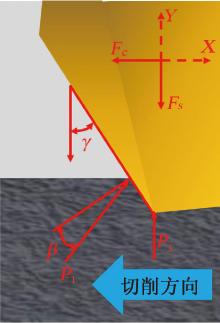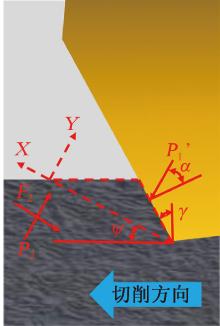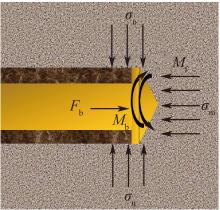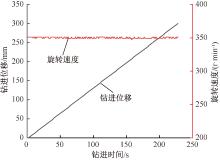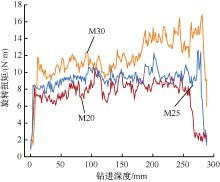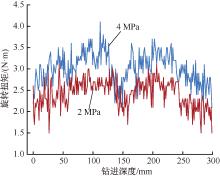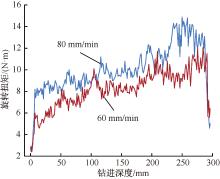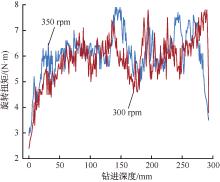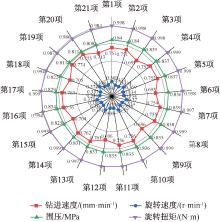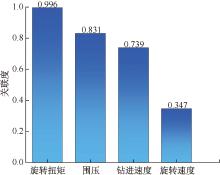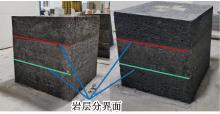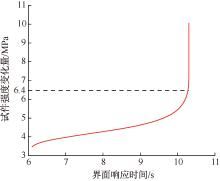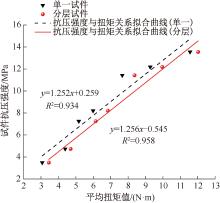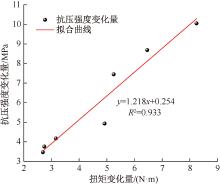| [1] |
王海军, 齐庆杰, 梁运涛, 等. 我国煤矿重特大事故统计分析及对策建议[J]. 中国安全科学学报, 2024, 34(9):9-18.
doi: 10.16265/j.cnki.issn1003-3033.2024.09.0208
|
|
WANG Haijun, QI Qingjie, LIANG Yuntao, et al. Statistical analysis and countermeasures of major accidents in coal mines in China[J]. China Safety Science Journal, 2024, 34(9):9-18.
doi: 10.16265/j.cnki.issn1003-3033.2024.09.0208
|
| [2] |
付恩三, 白润才, 刘光伟, 等. “十三五”期间我国煤矿事故特征及演变趋势分析[J]. 中国安全科学学报, 2022, 32(12):88-94.
doi: 10.16265/j.cnki.issn1003-3033.2022.12.0076
|
|
FU Ensan, BAI Runcai, LIU Guangwei, et al. Analysis on characteristics and evolution trend of coal mine accidents in our country during "13th five-year" plan period[J]. China Safety Science Journal, 2022, 32(12):88-94.
doi: 10.16265/j.cnki.issn1003-3033.2022.12.0076
|
| [3] |
贾真真, 叶青, 杨卓华. 瓦斯爆炸冲击-地应力动静载荷下巷道壁面损伤特性[J]. 中国安全科学学报, 2024, 34(10):116-123.
doi: 10.16265/j.cnki.issn1003-3033.2024.10.0037
|
|
JIA Zhenzhen, YE Qing, YANG Zuohua. Damage characteristics of roadway wall under dynamic-static loads by gas explosion impact and geostress[J]. China Safety Science Journal, 2024, 34(10):116-123.
doi: 10.16265/j.cnki.issn1003-3033.2024.10.0037
|
| [4] |
姚吉康, 王志亮. 华山花岗岩力学特性及能量演化规律研究[J]. 水利水运工程学报, 2018(3):78-85.
|
|
YAO Jikang, WANG Zhiliang. Study on mechanical property and energy evolution law of huashan granite[J]. Hydro-Science and Engineering, 2018(3):78-85.
|
| [5] |
李庆辉, 李少轩. 超深层砂岩储层岩石力学特性实验研究[J]. 岩石力学与工程学报, 2021, 40(5):948-957.
|
|
LI Qinghui, LI Shaoxuan. Experimental study on mechanical properties of ultra-deep sandstone[J]. Chinese Journal of Rock Mechanics and Engineering, 2021, 40(5):948-957.
|
| [6] |
刘双飞. 真三轴加卸载下砂岩力学特性的速率效应[J]. 采矿技术, 2022, 22(1):109-112.
|
|
LIU Shuangfei. Rate effect of mechanical properties of sandstone under true triaxial loading and unloading[J]. Mining Technology, 2022, 22(1):109-112.
|
| [7] |
董正东, 田浩源. 大理岩常规三轴压缩试验研究[J]. 土工基础, 2021, 35(5):635-639.
|
|
DONG Zhengdong, TIAN Haoyuan. Experimental study on the conventional triaxial compression of marble rock samples[J]. Soil Engineering and Foundation, 2021, 35(5):635-639.
|
| [8] |
李占涛, 林小国, 宋春霞. 岩石钻孔振动与声波频谱特性实验研究[J]. 地下空间与工程学报, 2019, 15(4):1008-1016.
|
|
LI Zhantao, LIN Xiaoguo, SONG Chunxia. Experimental study on vibration and acoustic spectrum characteristics of borehole in rock[J]. Chinese Journal of Underground Space and Engineering, 2019, 15(4):1008-1016.
|
| [9] |
王少锋, 吴毓萌, 蔡鑫, 等. 基于随钻参数的岩石强度预测与可钻性识别[J]. Journal of Central South University, 2023, 30(12):4036-4051.
|
|
WANG Shaofeng, WU Yumeng, CAI Xin, et al. Strength prediction and drillability identification for rock based on measurement while drilling parameters[J]. Journal of Central South University, 2023, 30(12):4036-405.
|
| [10] |
李忠华, 朱丽媛, 李国臻, 等. 钻杆扭矩法测定煤岩强度的理论与试验研究[J]. 中国矿业大学学报, 2015, 44(4):612-616.
|
|
LI Zhonghua, ZHU Liyuan, LI Guozhen, et al. Experimental and theoretical study of determination ofcoal rock strength using the drill rod torque method[J]. Journal of China University of Mining & Technology, 2015, 44(4):612-616.
|
| [11] |
TEALE R. The concept of specific energy in rock drilling[C]. International journal of rock mechanics and mining sciences & geomechanics abstracts[J]. Pergamon, 1965, 2(1):57-73.
|
| [12] |
尤建平, 陈果, 马统师, 等. 煤矿井下定向钻孔随钻测量数据综合采集系统研究[J]. 煤矿机械, 2024, 45(1):182-184.
|
|
YIU Jianping, CHEN Guo, MA Tongshi, et al. Research on comprehensive acquisition system of data of directional drilling measurement while drilling in underground coal mine[J]. Coal Mine Machinery, 2024, 45(1):182-184.
|
| [13] |
王喆, 仇安兵, 龚敏, 等. 基于实测钻凿参数的类岩石材料强度识别研究[J]. 矿业安全与环保, 2023, 50(4):55-62,67.
|
|
WANG Zhe, QIU Anbing, GONG Min, et al. Research on strength identification of rock-like materials based on measured drilling parameters[J]. Mining Safety and Environmental Protection, 2023, 50(4):55-62,67.
|
| [14] |
岳中文, 戴诗清, 李杨, 等. 煤巷液压锚杆钻机随钻参数采集系统及其应用[J]. 矿业科学学报, 2023, 8(1):66-73.
|
|
YUE Zhongwen, DAI Shiqing, LI Yang, et al. The dilling parameler acquisilion system of hydraulic anchor driling rig in coal mine roadways and its application[J]. Joumal of Mining Seienee and Technology, 2023, 8(1):66-73.
|
| [15] |
廉瑞, 刘灿灿, 杨璐. 煤矿巷道顶板岩石强度随钻探测技术研究[J]. 煤炭技术, 2018, 37(8):69-71.
|
|
LIAN Rui, LIU Cancan, YANG Lu. Research on measurement while drilling technology of rock strength of coal mine roadway roof[J]. Coal Technology, 2018, 37(8):69-71.
|








